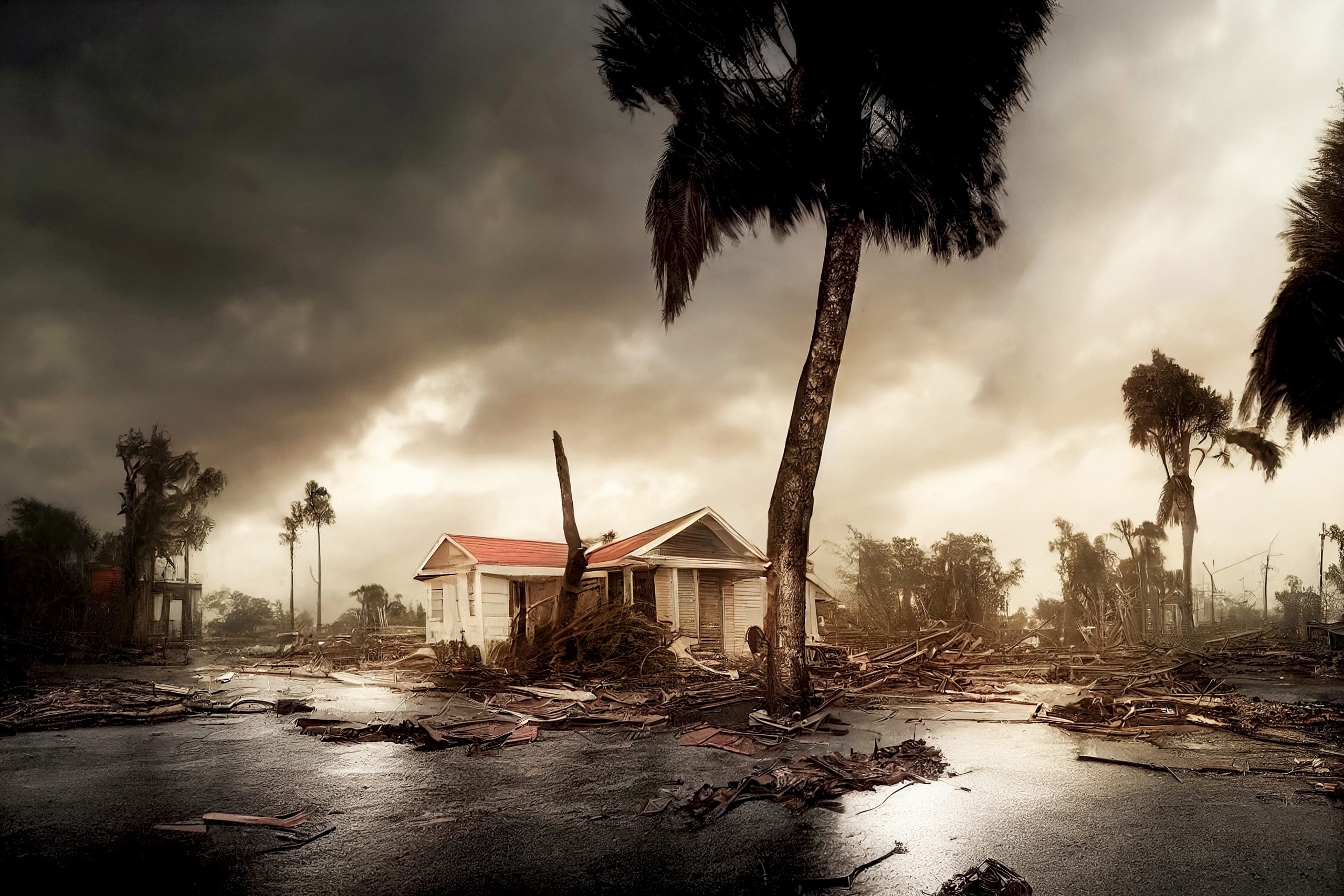“The best preparation for tomorrow is doing your best today.” – H. Jackson Brown Jr.
As the summer months approach, it’s crucial for community managers to revisit and refine their emergency response plans. This season brings heightened risks of hurricanes, tornadoes, wildfires, and floods. Developing a comprehensive disaster plan is vital. VendorSmart℠ offers this guide to help ensure the safety of your community.
Common Disasters Impacting Community Associations
Both natural and man-made disasters can jeopardize planned communities, condominiums, single-family homes, and townhouses. These events may affect individual residents or entire regions.
Common Natural Disasters:
- Earthquakes
- Storms (hurricanes, tornadoes, blizzards)
- Fires
- Floods
Common Man-Made Disasters:
- Chemical or gas spills
- Explosions
- Mass casualty incidents
- Building failures or collapses
Natural Disasters: Hurricanes, Tornadoes, and Floods
Natural disasters are a universal threat, with summer months being particularly perilous. Hurricane season begins on June 1, affecting communities along the East Coast and Gulf states. Tornadoes, wildfires, and flooding pose threats nationwide.
Key Statistics:
- Approximately 1.2 million people live in hurricane-prone coastal areas.
- Hurricanes cause an average of $28 billion in damage annually.
- Nearly 1,000 tornadoes occurred in 2018.
- California faced around $400 billion in wildfire damages in 2018.
- Over 50 million wildfires burned 8.8 million acres in 2018.
These figures underscore the necessity for community managers and HOAs to have a well-prepared natural disaster response plan.
Creating an Emergency Response Plan
An effective emergency response plan can save lives and property. Being prepared allows the HOA to act swiftly and protect residents and assets. Ready.gov emphasizes that “the actions taken in the initial minutes of an emergency are critical.”
Steps to Create Your Plan:
- Conduct a Risk Assessment
- Identify potential hazards (fires, natural disasters, man-made disasters, utility outages, accidents, etc.).
- Determine assets at risk (people, property, systems/equipment, IT, etc.).
- Assess potential impacts (casualties, property damage, utility/service interruptions, financial losses, etc.).
- Develop a List of Emergency Contacts
- Gather contact information for all relevant parties, including board members, the community manager, the property management company, residents, vendors, and service providers.
- Organize contacts by residence and include alternative emergency contact information.
- Store the list in the cloud for accessible sharing among board members and relevant parties.
- Address Key Questions
- How will the HOA respond before, during, and after a disaster?
- What are the responsibilities of each board member and the community manager?
- Does the community manager or management company have disaster response experience and a plan?
- Will they be available before, during, and after the incident?
- What resources will assist with response and recovery?
- How do HOA rules and regulations impact response efforts?
- What is the response plan for different emergencies?
- When will the plan be activated?
- How will board members communicate?
- What role will the insurance company play?
- How will assessments or inspections be conducted and by whom?
- How will repairs be financed?
Emergencies can occur at any time. A well-developed response plan is essential for protecting lives and property. For vendor support during an emergency or to find repair vendors afterward, rely on the expertise of VendorSmart℠.
